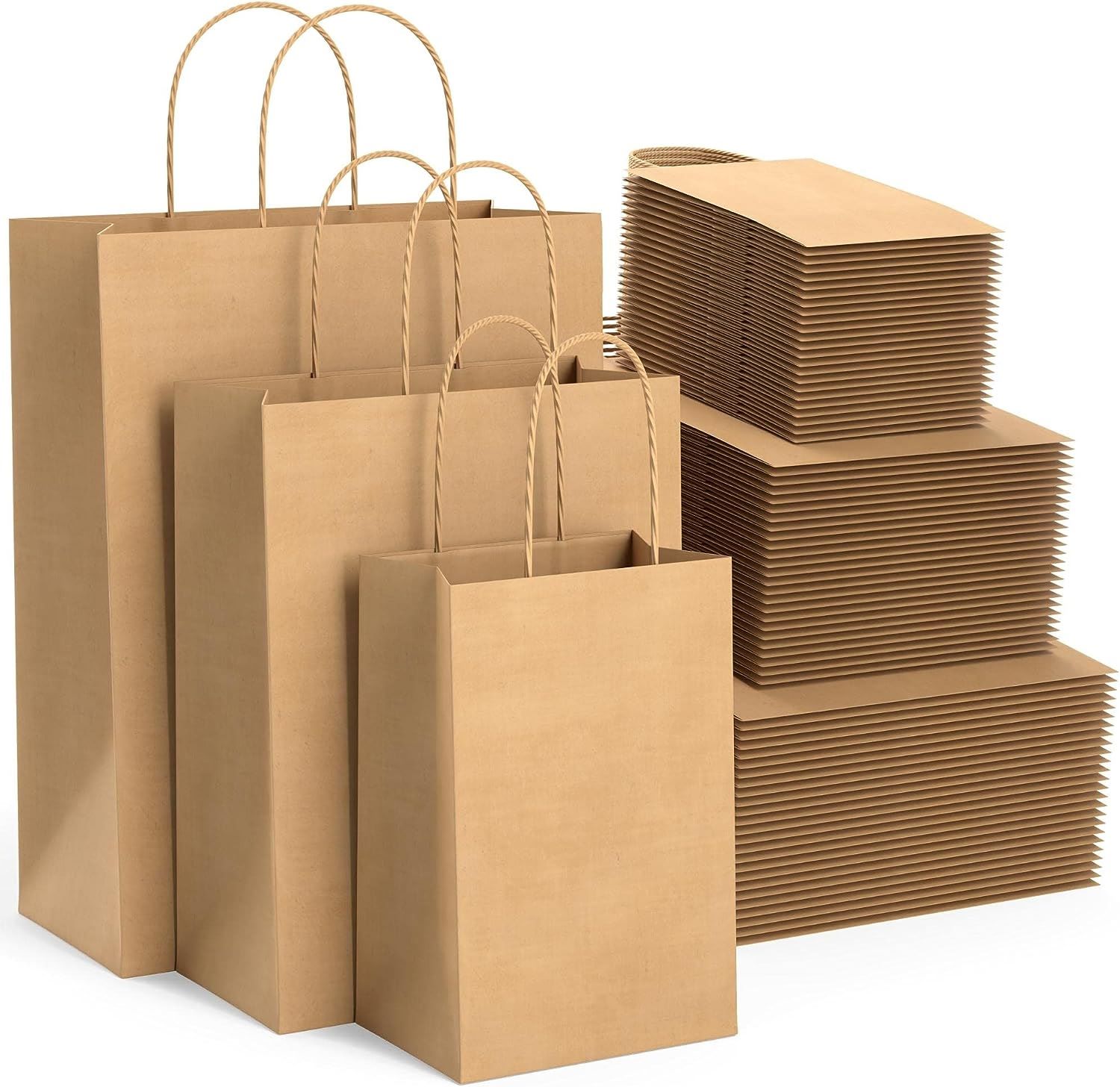

Articles
How To Store Paper Bags
Modified: December 7, 2023
Learn the best ways to store paper bags and keep them organized with these helpful articles. Find tips for folding, labeling, and storing bags efficiently.
(Many of the links in this article redirect to a specific reviewed product. Your purchase of these products through affiliate links helps to generate commission for Storables.com, at no extra cost. Learn more)
Introduction
Welcome to our guide on how to store paper bags! Whether you have an abundance of paper bags from shopping trips or you want to preserve delicate paper bags with sentimental value, proper storage techniques are crucial to maintaining their integrity. In this article, we will walk you through the step-by-step process of safely storing your paper bags to keep them in excellent condition for future use. So, let’s dive in!
Before we begin, it’s important to understand that storing paper bags requires a certain level of care and attention. Factors such as moisture, insects, and improper folding can quickly deteriorate the condition of your paper bags. By following our recommended methods, you can ensure that your bags remain clean, organized, and ready for reuse whenever you need them.
So, if you’re ready to learn how to store paper bags effectively, grab your supplies and let’s get started with step one: preparing the paper bags for storage.
Key Takeaways:
- Properly storing paper bags involves cleaning, flattening, and organizing them, as well as choosing a suitable storage location to protect them from damaging factors.
- Protect paper bags from moisture, sunlight, and pests by using acid-free tissue paper, avoiding plastic bags, and investing in storage containers designed for paper preservation. Regularly check for signs of damage to address any issues promptly.
Read more: How To Store Paper Grocery Bags
Step 1: Preparing the Paper Bags for Storage
Before you begin storing your paper bags, it’s important to prepare them properly to prevent any damage or deterioration. Here’s what you need to do:
- Clean the Bags: Start by removing any dirt, debris, or stains from your paper bags. Gently wipe the surface with a clean, dry cloth or use a soft brush to remove any particles. If there are any stubborn stains, you can dab a mild soap solution on a cloth and gently rub the affected area. Make sure to let the bags dry completely before moving on to the next step.
- Remove Handles or Accessories: If your paper bags have handles, remove them before storing. Handles can cause the bags to lose their shape over time. Carefully cut or untie the handles, making sure not to damage the bags in the process. If your bags have any accessories, such as ribbons or tags, remove them as well, as they can become tangled or snagged during storage.
- Inspect for Tears or Weak Areas: Take a close look at each paper bag and check for any tears, weak spots, or damaged areas. If you come across any issues, consider repairing them before storing the bags. You can use clear tape or a glue stick to reinforce the tear or weakened section, ensuring that it doesn’t worsen during storage.
- Flatten the Bags: To maximize storage space, flatten the paper bags by gently pressing them with your hands. Start by folding them in half lengthwise, then fold them in half again. If the bags are particularly large, you may need to fold them a few more times until they are at a manageable size.
- Remove Excess Air: Before storing the flattened bags, try to remove as much air as possible. This will help prevent them from taking up unnecessary space and will make them easier to stack or organize. You can use a rolling pin or simply press down on the bags to squeeze out the air.
By following these steps, you can ensure that your paper bags are clean, free from accessories, and properly prepared for storage. Once the bags are ready, it’s time to move on to step two: choosing the right storage location.
Step 2: Choosing the Right Storage Location
Choosing the right storage location for your paper bags is essential to maintain their condition and prevent any potential damage. Here are some factors to consider when selecting the perfect spot:
- Avoid Humidity: Moisture is one of the biggest enemies of paper bags as it can cause them to warp, mold, or deteriorate. Therefore, it is crucial to store your paper bags in a dry location. Avoid areas with high humidity, such as basements or bathrooms. Instead, opt for a cool, well-ventilated spot in your home.
- Keep Away from Direct Sunlight: Exposure to direct sunlight can fade the colors and weaken the fibers of your paper bags over time. Therefore, choose a storage location away from windows or any areas that receive direct sunlight. Keep in mind that UV rays can penetrate through glass, so even if the bags are not directly exposed, it’s best to be cautious.
- Consider Temperature Stability: Fluctuating temperatures can cause paper bags to expand or contract, leading to creasing or warping. Avoid storing them in areas that experience extreme temperature changes, such as attics or garages. Opt for a location with a stable temperature, ideally between 60 to 75 degrees Fahrenheit (15 to 24 degrees Celsius).
- Choose a Clean Environment: Make sure to store your paper bags in a clean environment to prevent any dirt, dust, or pests from coming into contact with them. Avoid storing them near areas prone to clutter, such as storage closets or areas with open food sources.
- Consider Accessibility: If you frequently use paper bags or have a specific collection you like to display, choose a storage location that is easily accessible. This will allow you to retrieve or add bags without hassle. However, if you have paper bags with sentimental value that you do not plan to use often, you may opt for a less accessible storage location to conserve space.
By considering these factors, you can select an ideal storage location that will protect your paper bags from humidity, sunlight, temperature fluctuations, and potential damage. Once you have chosen the right spot, it’s time to move on to step three: folding the paper bags properly.
Step 3: Folding the Paper Bags Properly
Folding your paper bags properly is key to maximizing storage space and keeping them organized. Follow these steps to fold your paper bags correctly:
- Start with a Flat Surface: Find a flat surface, such as a tabletop or countertop, to work on. This will provide a stable and even surface for folding.
- Flatten the Bag: Take one of your prepared paper bags and lay it flat on the surface. Smooth out any creases or wrinkles to ensure a clean fold.
- Fold in the Sides: Take one side of the bag and fold it inward towards the center. Repeat this step with the other side, bringing it over the first fold. This will create a narrow, rectangular shape.
- Fold the Bottom: Next, fold up the bottom of the bag towards the top, leaving a small space of about an inch or two. This creates a squared or rectangular shape, depending on the original size of the bag.
- Smooth Out and Secure: Once you have folded the sides and bottom, smooth out any remaining wrinkles or bulges. If desired, you can use a small piece of clear tape or a paperclip to secure the folded flaps in place. Be sure to choose a tape or clip that won’t cause any damage to the bag.
Repeat these steps for each of your paper bags until they are all properly folded. This folding technique not only saves space but also helps maintain the shape and integrity of the bags during storage.
Now that your paper bags are neatly folded, it’s time to move on to step four: stacking and organizing them for efficient storage.
Store paper bags in a dry, cool place to prevent them from becoming damp or moldy. You can also flatten them and store them in a drawer or on a shelf to save space.
Step 4: Stacking and Organizing the Paper Bags
Once your paper bags are properly folded, it’s time to stack and organize them for efficient storage. Here’s how to do it:
- Group by Size: Start by grouping your paper bags by size. This will make it easier to stack them in an organized manner.
- Stack from Largest to Smallest: Begin by placing the largest paper bags at the bottom of the stack. Stack them neatly on top of each other, making sure they are aligned and straight.
- Insert Smaller Bags within Larger Ones: For smaller paper bags, you can insert them within the larger bags to save space. This will also keep them well-protected and prevent them from getting lost or misplaced.
- Consider Using Dividers: If you have a large collection of paper bags or want to keep them extra organized, consider using dividers within your storage area. You can use cardboard or plastic dividers to create sections and separate different sizes or styles of bags.
- Label Each Stack: To easily identify the contents of each stack, consider labeling them. You can use sticky labels or simply write directly on the folded bag to indicate what’s inside or any other information you find useful.
- Keep the Stack Stable: As you add more paper bags to the stack, make sure it remains stable and doesn’t topple over. Adjust the height and number of bags in each stack to maintain stability.
By organizing and stacking your paper bags in a systematic way, you can easily locate the bags you need without creating a mess or damaging the bags themselves. With your bags neatly stacked and organized, it’s time to move on to the final step: protecting them from damaging factors.
Read more: How To Store Mushrooms Without Paper Bag
Step 5: Protecting the Paper Bags from Damaging Factors
Protecting your paper bags from damaging factors is crucial to maintaining their condition and ensuring their longevity. Follow these steps to keep your bags safe:
- Use Acid-Free Tissue Paper: To protect your paper bags from coming into direct contact with each other, consider placing acid-free tissue paper between them. This will help prevent any ink transfer or rubbing that could damage the bags.
- Avoid Plastic Bags: Although it may seem tempting to store your paper bags in plastic bags for added protection, this can actually trap moisture and lead to mold or mildew. It’s best to avoid plastic bags and opt for breathable storage solutions instead.
- Invest in Storage Containers: Consider using storage containers specifically designed for preserving paper items, such as acid-free boxes or archival storage containers. These containers provide a protective barrier against light, dust, and pests.
- Maintain Proper Air Circulation: Ensure that there is sufficient air circulation around your stored paper bags. Storing them in a tightly sealed container or in a crowded space can promote humidity and damage the bags over time.
- Avoid Prolonged Exposure to Light: Even though you have chosen the right storage location, it’s a good idea to keep your paper bags away from direct or prolonged exposure to light. Light can fade the colors and weaken the paper fibers over time. If possible, cover the storage containers with a light-blocking cloth or keep them in a darker area.
- Regularly Check for Signs of Damage: Make it a habit to periodically check your stored paper bags for any signs of damage, such as pests, mold, or discoloration. Early detection can help prevent further deterioration and allow for necessary intervention.
By following these protective measures, you can ensure that your paper bags remain in excellent condition, ready to be used or admired whenever you need them.
Now that you have successfully learned how to store and protect your paper bags, you can enjoy the benefits of having an organized and well-maintained collection. With proper care, your paper bags will continue to be a valuable part of your life for years to come.
Remember, the key to effective storage is a combination of proper preparation, choosing the right storage location, folding the bags correctly, organizing them efficiently, and protecting them from damaging factors. Happy storing!
Conclusion
Properly storing your paper bags is essential to preserve their condition and ensure their longevity. By following the step-by-step process outlined in this guide, you can keep your paper bags clean, organized, and ready for future use.
Start by preparing the paper bags for storage by cleaning them, removing handles or accessories, inspecting for tears, flattening them, and removing excess air. Once the bags are ready, choose a suitable storage location that is dry, away from direct sunlight, and has stable temperatures. Take into consideration accessibility and cleanliness when selecting the storage spot.
Next, fold the paper bags properly by flattening them, folding in the sides, folding the bottom, and securing the flaps if desired. This folding technique not only saves space but also maintains the shape of the bags during storage.
When stacking and organizing the paper bags, group them by size, stack from largest to smallest, insert smaller bags within larger ones, consider using dividers, and label each stack for easy identification. Ensure that the stack remains stable to prevent toppling over.
To protect your paper bags from damaging factors, use acid-free tissue paper between the bags, avoid plastic bags, invest in storage containers designed for paper preservation, maintain proper air circulation, and minimize prolonged exposure to light. Regularly check for signs of damage to address any issues promptly.
By implementing these storage tips, your paper bags will remain in excellent condition, ready for future use, display, or cherished memories. So, take good care of your paper bags, and enjoy the benefits of having an organized and well-preserved collection.
With the knowledge and techniques provided in this guide, you can confidently store your paper bags and ensure their beauty and functionality for years to come. Happy storage!
Frequently Asked Questions about How To Store Paper Bags
Was this page helpful?
At Storables.com, we guarantee accurate and reliable information. Our content, validated by Expert Board Contributors, is crafted following stringent Editorial Policies. We're committed to providing you with well-researched, expert-backed insights for all your informational needs.




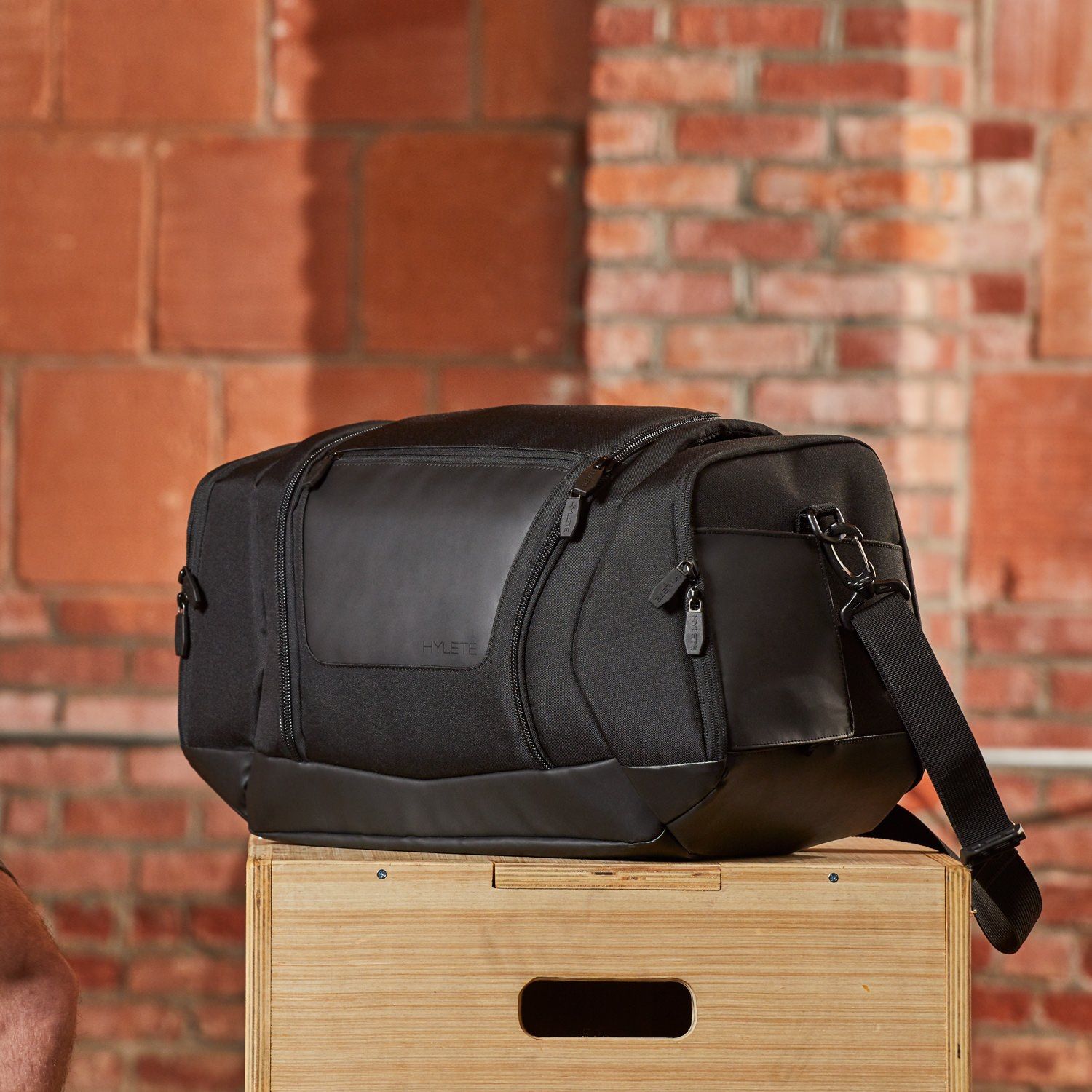


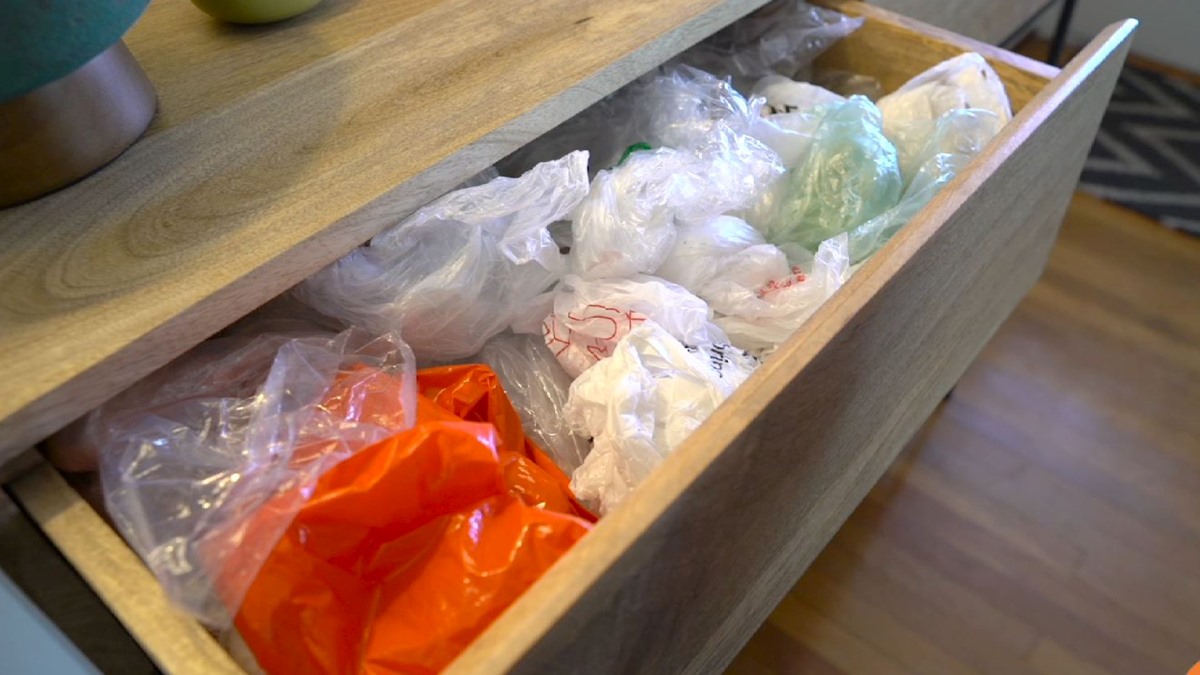



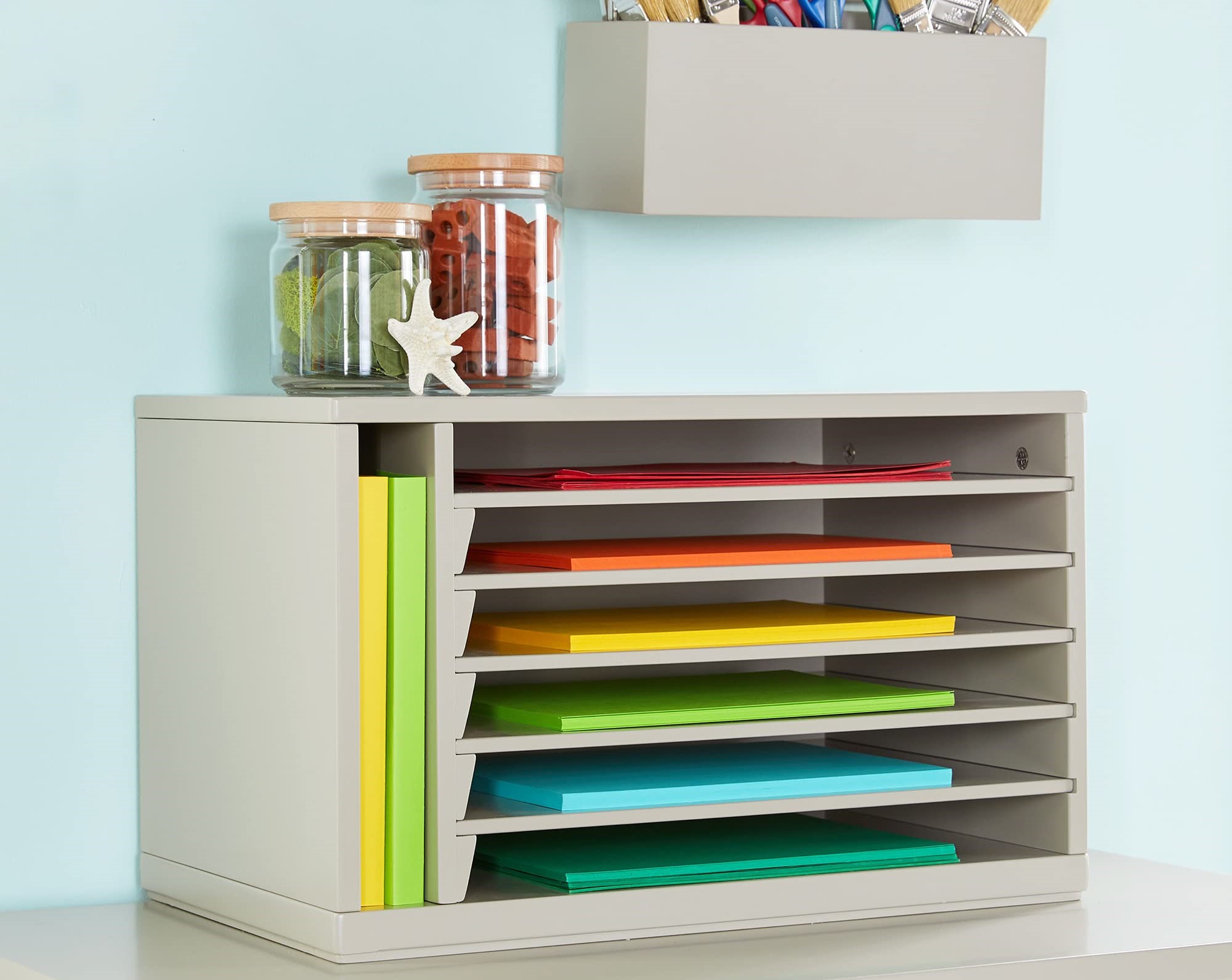
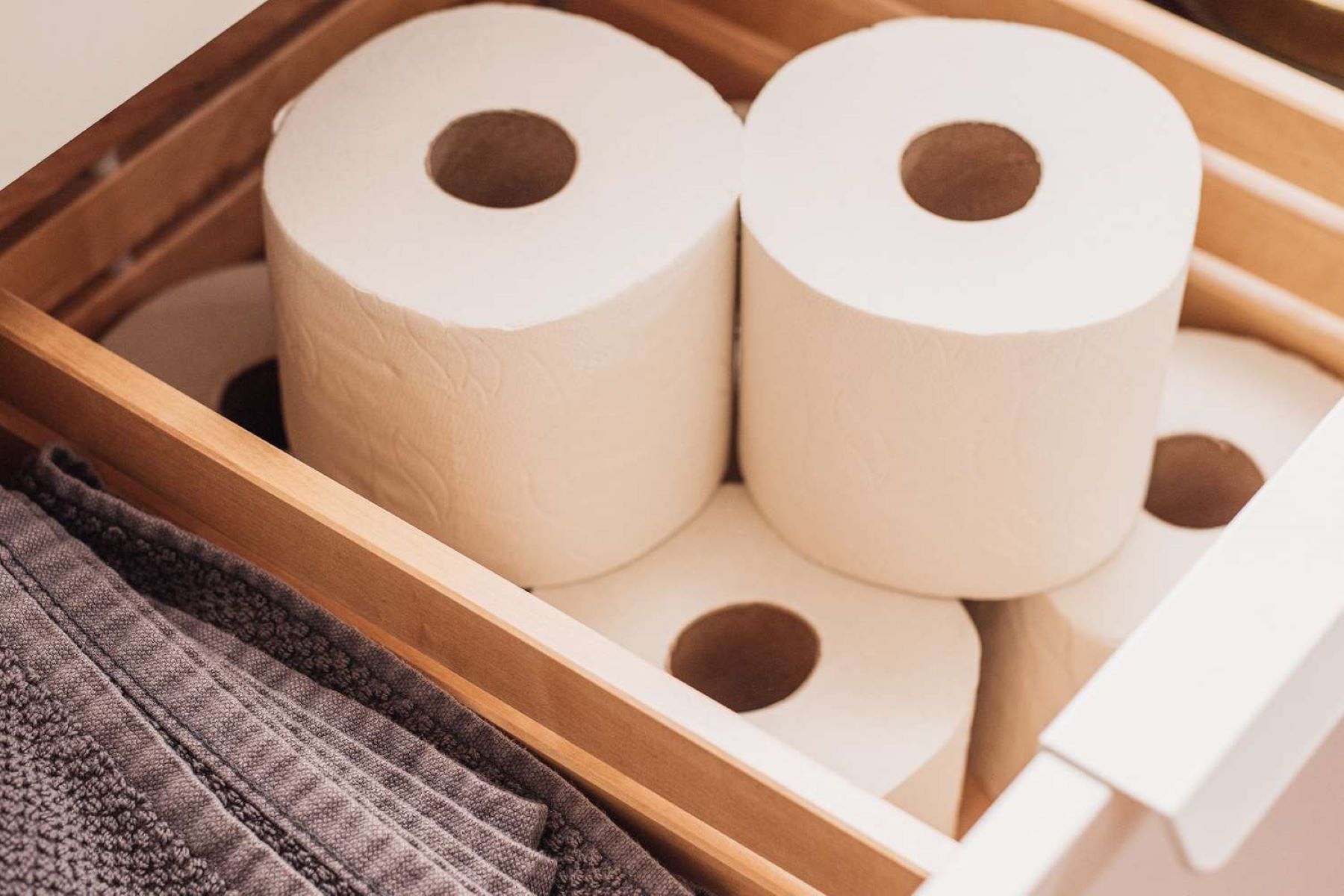


0 thoughts on “How To Store Paper Bags”